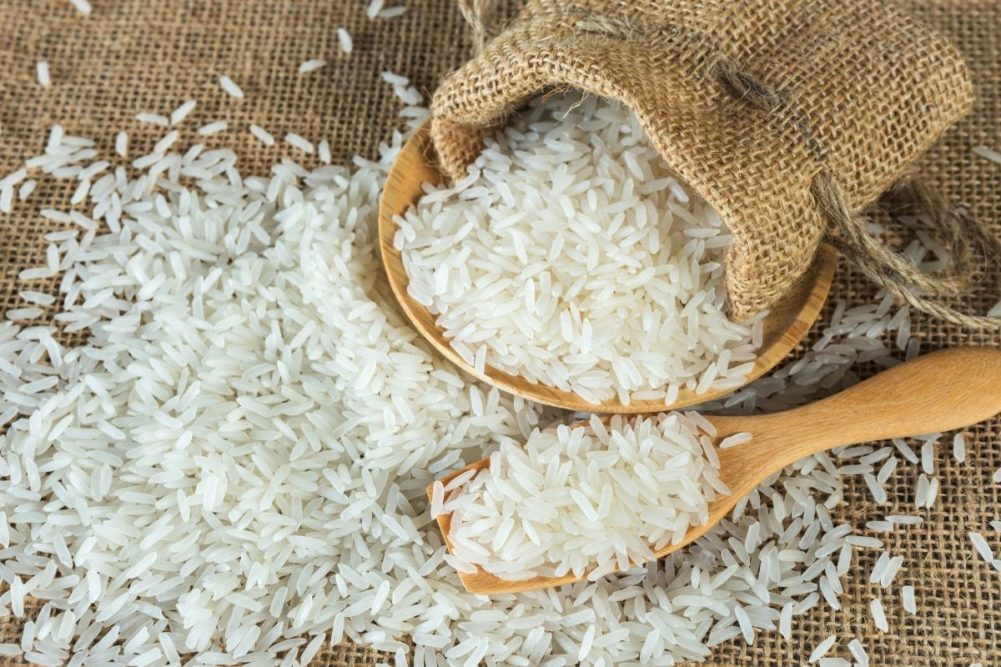KANSAS CITY, MISSOURI, US – Rice prices have continued upwards in east Asia, notably Vietnam, as well as the Americas, but the market outlook in India is bearish as the government tries to keep food prices down.
In its December Rice Price Index report, published Dec. 8, the United Nations Food and Agriculture Organization (FAO) global rice prices in November 2023 were unchanged from their October level and 21% above prices in November 2022.
“Indica quotations underpinned the stability of the overall index in November, rising by 0.8% month-on-month and offsetting price declines in all other market segments,” the Rome, Italy-based experts reported. “According to their respective indices, quotations of Aromatic and Japonica rice subsided by 2% each, while Glutinous prices dropped 6.9% below their October levels.
“Harvest pressure and generally subdued demand drove these falls. However, in Pakistan’s basmati market, sentiment was also weighed by the Indian government’s late October reduction of the floor price against which basmati shipments are assessed for registration to $950 per tonne.”
Indica price trends were mixed in the major Asian origins in November, the FAO added, reporting a bearish undertone in India, “where sluggish demand drove parboiled quotations further down.” At the same time, “despite a dearth in fresh sales, Vietnamese prices rose to their highest nominal level since July 2008, as traders executed previously contracted deals in an overall tight supply context.”
With the exception of Pakistani 5% and Thai A1 Super prices, Thai and Pakistani quotations closed November steady to lower month-on-month, as new-crop arrivals kept them in check, the FAO said.
“These offset upward pressure stemming from increased buyer interest following hikes in Vietnamese quotations, awards from October tenders by Indonesia’s Bulog and, in the case of Thailand, the baht’s appreciation against the (US) dollar,” the FAO said.
Turning to the Americas, the FAO said that “quotations of US No. 2.4% inched up some more, influenced by the sustained bullishness in competing South American origins.” In South America, “dwindling supplies at hand and uncertainties over the impact of weather on 2024-25 crops continued to drive prices upward,” the FAO noted.
The USDA said in its Dec. 8 Grain: World Markets and Trade report that over the preceding month, US export quotes rose by $5, to $765 per tonne, while Uruguayan quotes jumped $30, to $790 per tonne, due to strong demand and tight supplies.
“For the first time since 2019, Uruguayan quotes surpassed the United States,” the USDA said. “Vietnamese quotes showed a slight increase of $11, to $687 per tonne, with continued demand from the Philippines and Indonesia.”
Thai rice quotes rose by $51, to $619 per tonne, on increased demand, particularly from countries previously supplied by India and a stronger currency. The USDA also explained that “fast-rising Thai prices bring export quotes to within $68 per tonne of regional competitor Vietnam, a significant change from a month ago when Vietnamese export quotes were $121 per tonne more than Thai rice.”
“Pakistani quotes were up by $39, to $589 per tonne, as harvest pressure was offset by strong demand,” the USDA concluded. “Export quotes for India white rice have been unavailable since imposition of an export ban for milled white rice on July 20.
The US Rice Producers Association, in its Dec. 7 Rice Advocate publication, reported that “prices are still firm as the US is the only supplier of viable long grain quantities in the Western Hemisphere at the moment. A strong domestic market, which proved to be the savior last year when export sales were painfully low, continues to be a help in the current market environment.”
Chris Lyddon is World Grain’s European correspondent. He may be contacted at: cajlyddon@gmail.com.




